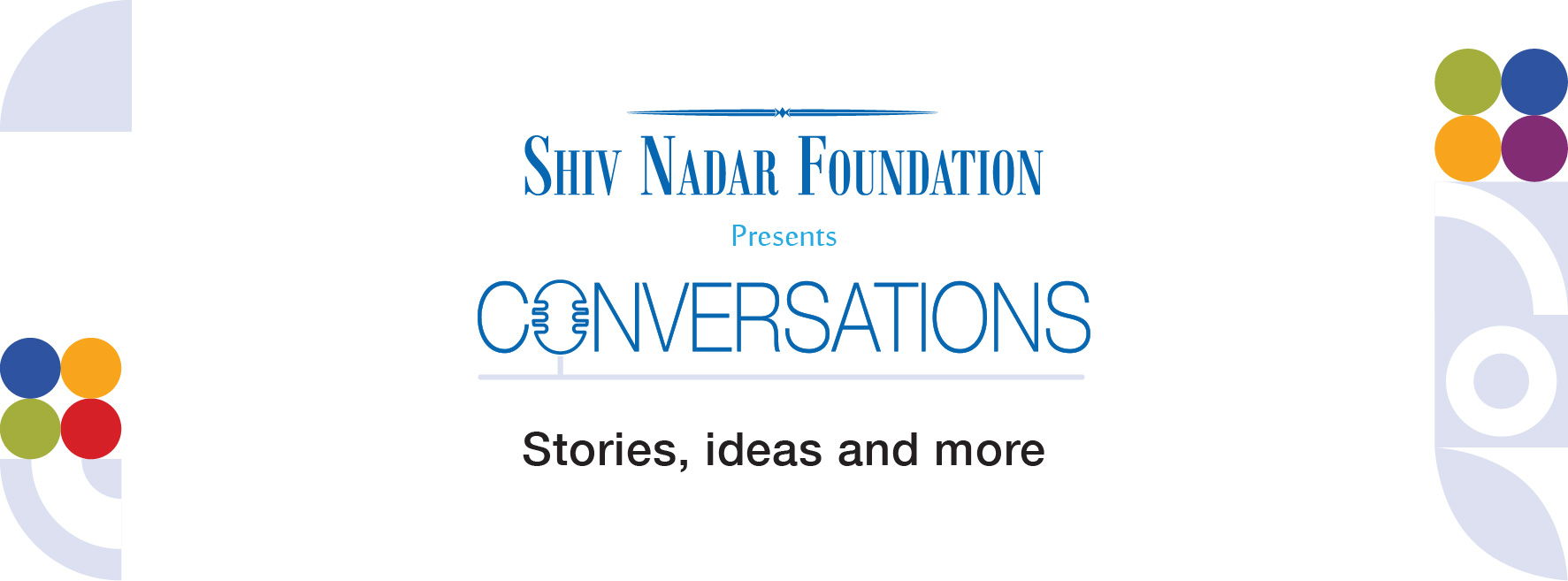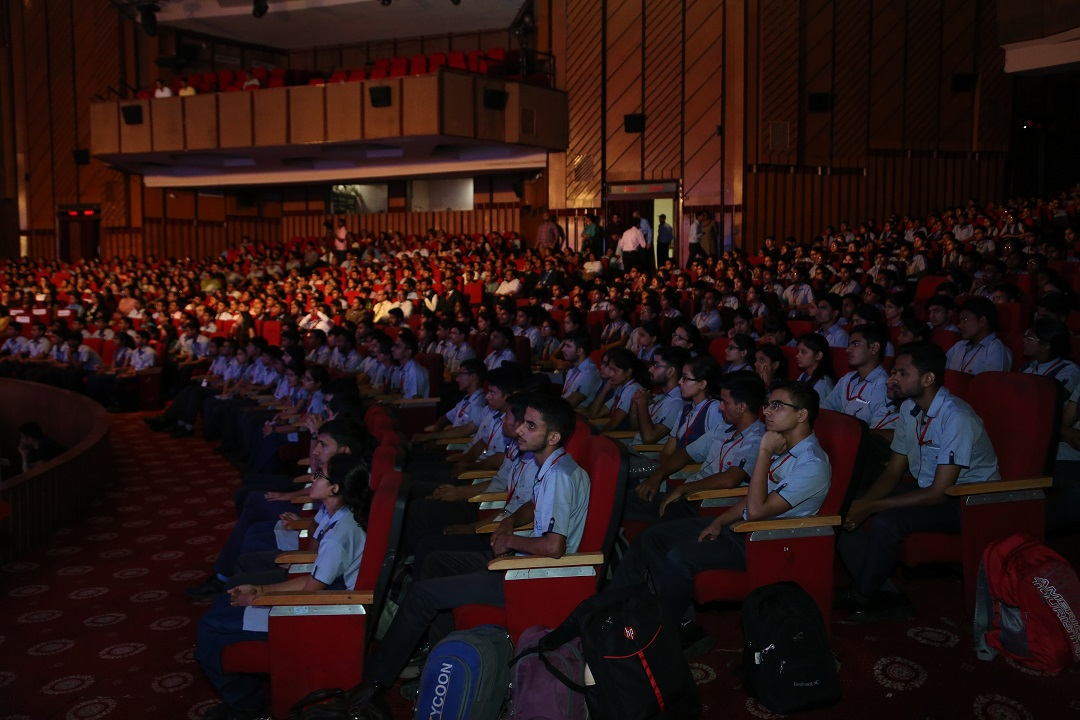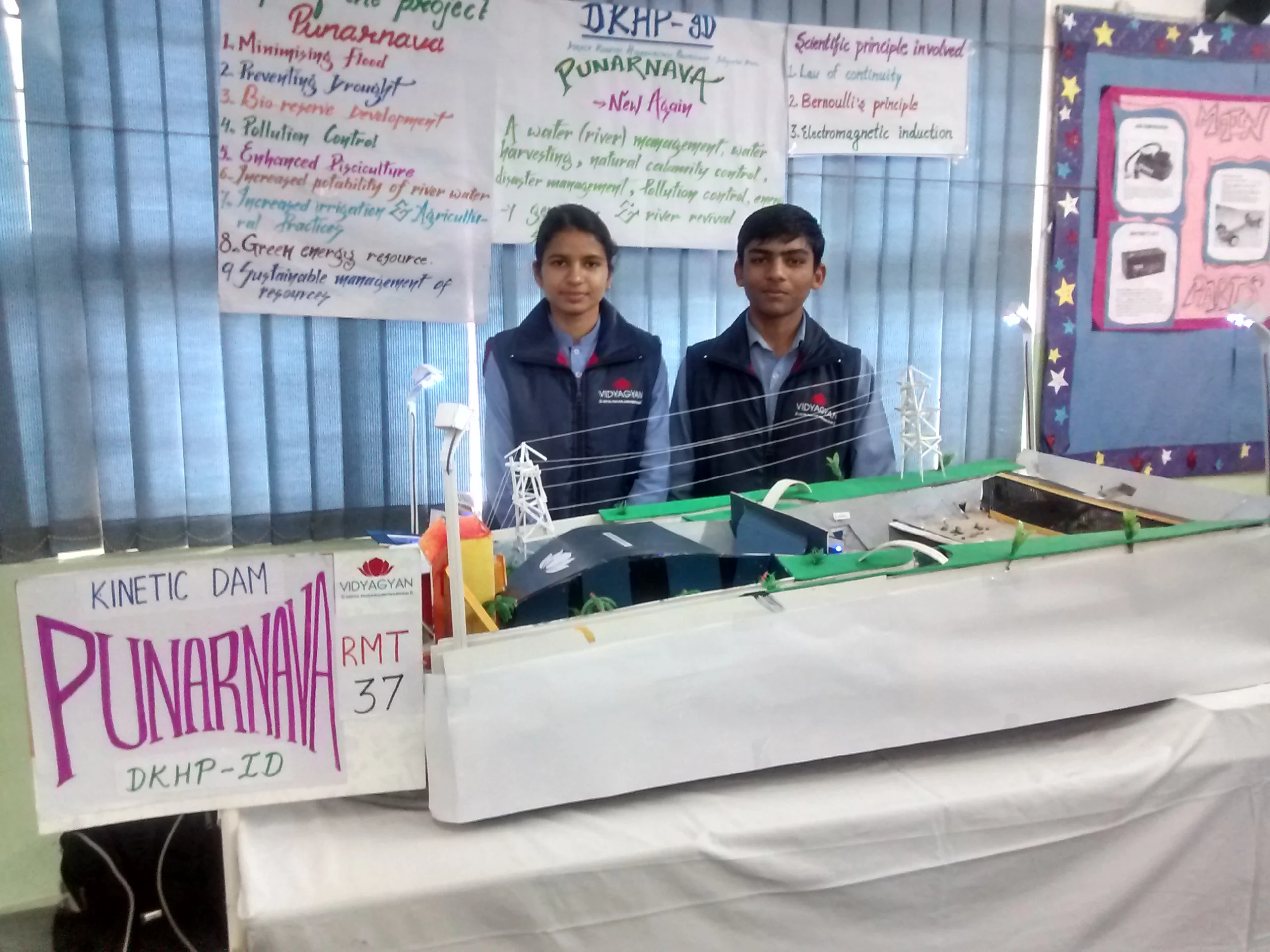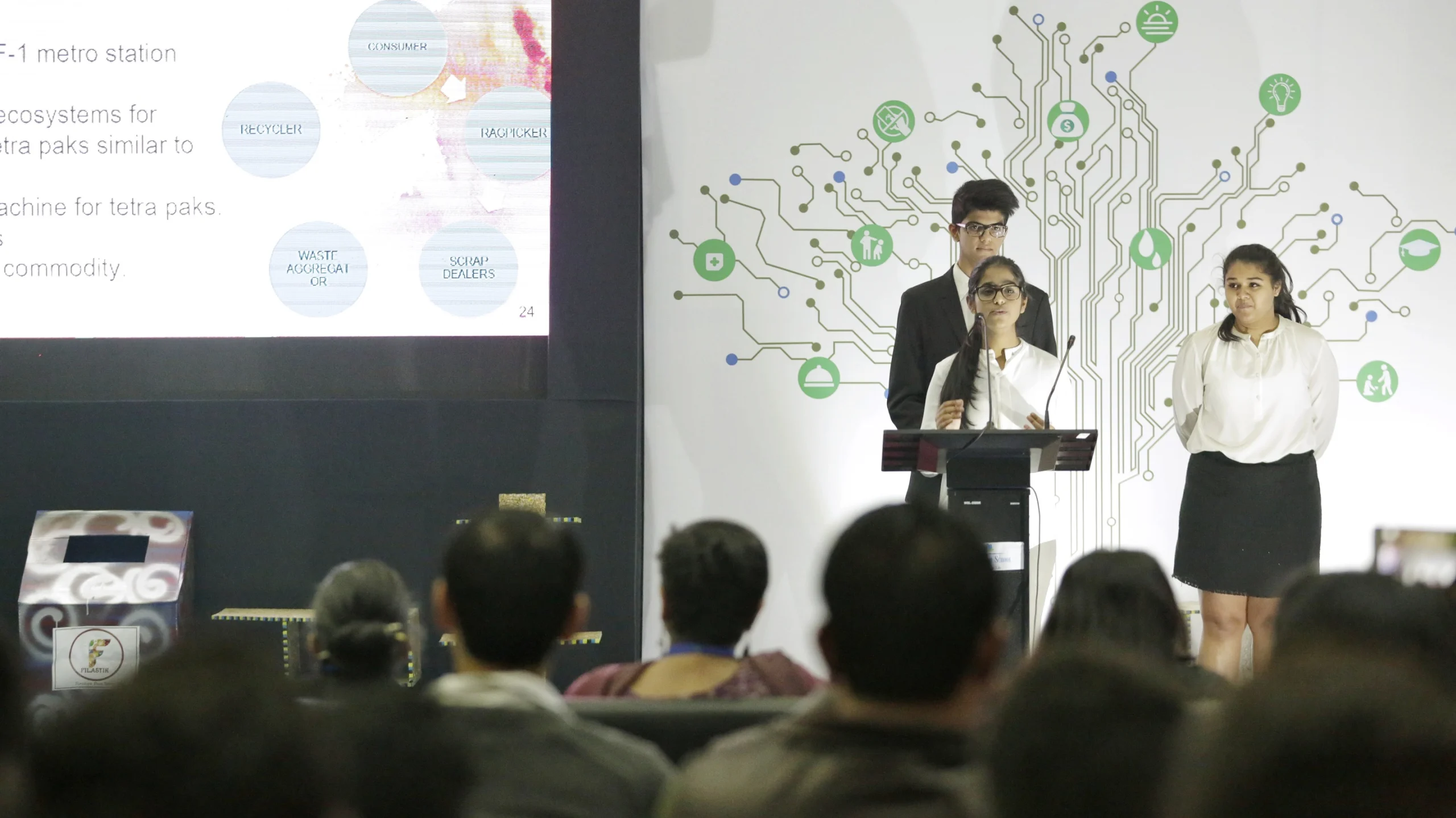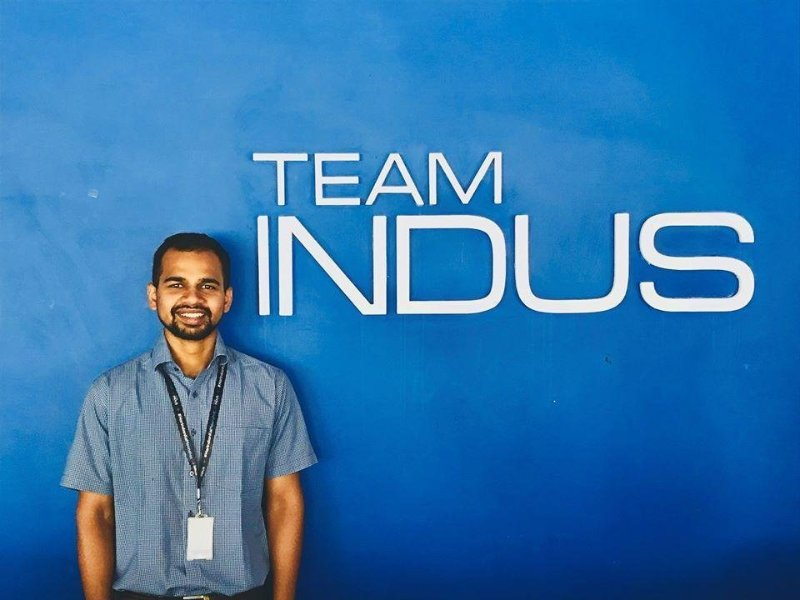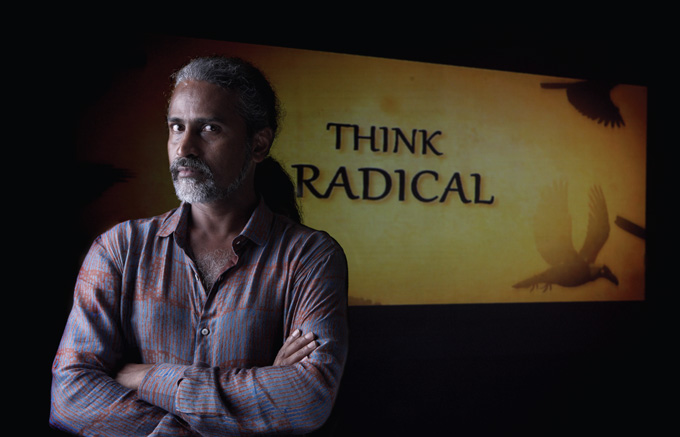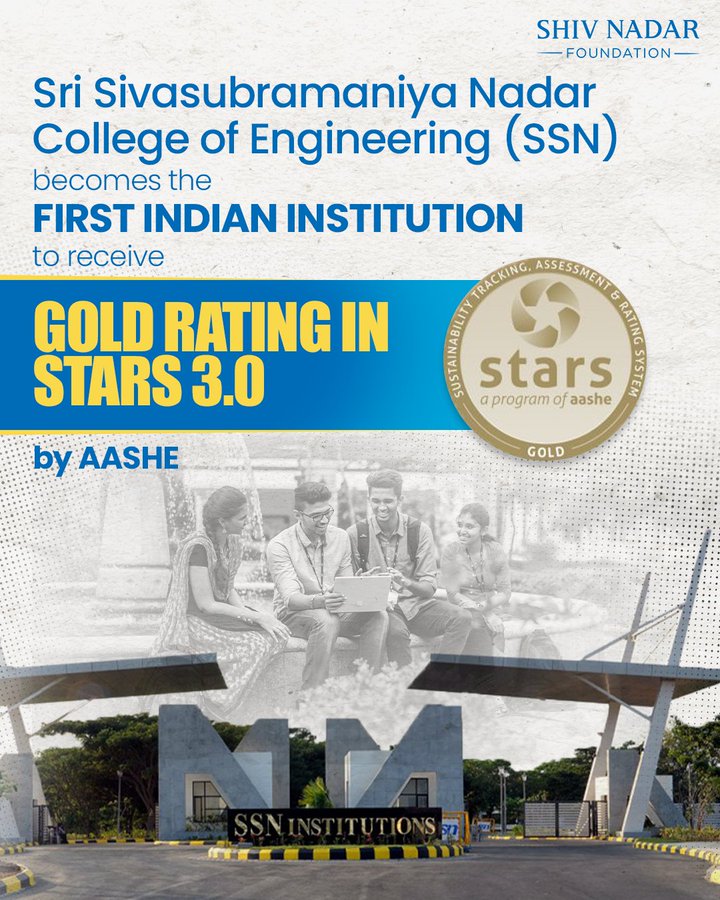Business Revolution with Blockchain: Sriram Raghavan

Stanford alumnus, Sriram Raghavan, said when it came to choosing a topic for his TEDxShivNadarUniversity talk, he felt lazy and challenged. Lazy because he chose a topic related to his career and challenged because the audience included people from all walks of life which would make it difficult for him to put his message out.
And so he began his talk by informing the audience about the chaos within a business network. Chaos theory is an area of dynamics that proposes that random events can result from normal equations because of the complexity of the systems involved. As per the chaos theory, chaos is a lack of order or system that nevertheless obeys rules.
Any chaos in a business network causes the following problems:
Inefficiency
High expenses
Duplication
Mismatch
A small example of international logistics shows that for a ship to sail, 30+ organizations are involved with over 200+ interactions between them that require hundreds of documents to consider and hundreds of dollars are spent for this one situation to occur.
This problem of chaos was overcome by blockchain. Blockchain is a continuously growing list of records which are linked, using cryptography. Each block contains a hash pointer as a link to a previous block. The design of the blockchain makes them resistant to inherent modification of the data. Blockchain came out as a revolution in business.
The age that we live in, Raghavan considers it the “age of ecosystems”. And that is why the blockchain works on providing “trusted transactions for the age of ecosystems”.
Shiv Nadar educational institutions of excellence have evolved with the times. We work on being an established culture that catalyzes change in the society. Our revolutionary way of teaching is focused towards impacting lives perpetually.
Raghavan says that blockchain is a “technology for infusing trust in business”. Lack of trust has always been the main issue in running a business. And blockchain changed that.
The following processes are involved in the functioning of a blockchain:
Consensus: This gives a business access to a shared ledger that may be with the client or a partner.
Cryptography: This is the element of trust in blockchain. Cryptography makes sure all your data remains secure.
Business Logic: It is a part of the program that helps you make “smart contracts” by analyzing the real worlds business rules encoded in itself.
Transparency: Blockchain removes the need for a third-party from a business equation, hence, all the business details are shared among the participants involved in the transaction. This helps build trust among the allies.
Just like the blockchain offers transparency to its users, Shiv Nadar Foundation pays utmost attention to the same. Our philosophy and practices make sure our standards of functional transparency and governance are maintained.
The above features have resulted in the following benefits availed by the businesses using blockchain:
Saves Time: Blockchain is like a database stored in a decentralized way on computers that are synced together. Hence, it results in saving precious time used for manually managing data.
Reduces Cost: Blockchain removes the need for an intermediary, any transaction required can be completed directly with the other party through blockchain, hence, saving the third-party cost.
Reduces Risk: There are plenty of opportunities for error while working manually. Blockchain removes the manual factor from the equation and hence, the risk of errors is decreased.
Increases Trust: As mentioned above, blockchain realizes the value of trust in a business. Therefore, the level of security and transparency provided by blockchain help increase trust among the participants.
Raghavan also defined blockchain as the “technology for the emerging era”, with some its most common users being Bitcoin and NASDAQ.

